Amid the joyous celebration hailing the terrific medal-winning Olympic exploits of PV Sindhu and Sakshi Malik, the appalling lack of cricketing activity at one of the world’s finest Test venues, the Queen’s Park Oval in Port of Spain, Trinidad, went almost unnoticed.
Only 22 overs of cricket was witnessed in the fourth Test between India and West Indies, all bowled on the opening day, though there was bright sunshine for over three days. Wet ground conditions wiped out any chances of further play, and the Test had to be called off.
Luckily India had established a series winning 2-0 lead before the start of the Test and this took away some of the anguish caused by the pathetic state of affairs. Had it instead been a series deciding match, the lack of good drainage and drying facilities, at what is arguably one of the world’s most beautiful Test cricket grounds, would have been relentlessly pilloried.
It is in this context that one needs to appreciate a fantastic innovation that is being put in place for just such an eventuality at the KSCA’s M Chinnaswamy Stadium in Bengaluru. No cricket stadium anywhere in the world has a similar feature, and the KSCA (Karnataka State Cricket Association) must be applauded for taking a proactive and positive step, one that will make abandonment of play owing to wet ground conditions a thing of the past.
“We have no control over rain. But as soon as rain stops, we must be in a position to start play within a reasonable amount of time. This was our mission when we set out to identify world class drainage and turf protection system,” said Brijesh Patel, former Test cricketer and KSCA secretary. The changes KSCA have sought to put in place include a complete overhauling of the Chinnaswamy outfield.
The state-of-the-art system they have embraced is being embedded into the grounds expeditiously by round-the-clock toiling, most of which is being done under floodlights to facilitate easy late-night movement of heavy vehicles into and out of the stadium. KSCA hopes to get the ground match-ready by November, in time for the international matches involving India.
KSCA’s chosen technology, SubAir Aeration and Water Evacuation System, is a renowned innovation, one that is put to use at several golf, football, baseball and rugby grounds in other parts of the world.
The technology includes a network of perforated tubes, pipes and drains, which are laid below the surface of the outfield in a closed loop structure and connected to the SubAir Sports System.
In some US golf course greens, for instance, hot air is pumped through the underground tubes to ensure that the greens are frost-free in winter. During rains, the water is slurped by the drains and pushed into a nearby tank or drain. In summer, embedded wireless sensors measure the moisture in the air, salinity in the soil and grass root temperature and pump in cool air or water as required.
“The pumps can suck rainwater out of the outfield at 36 times the speed of gravity,” Patel pointed out. “We can pump in air or oxygen for aeration of the roots through the system, and thus ensure that the grass stays healthy and well tended to. Of course, there is an inbuilt sprinkler system for watering.”
Nandan Heblikar, a turf management specialist familiar with SubAir, pointed out that KSCA was blessed because of the elevation of the ground. “The rain water sucked out can be rapidly sent out, either into a recharge well or into the nearby storm water drain. Since there would hardly be any chemicals or fertiliser use on the ground, the discharge of excess water is not an issue,” he said.
“Augusta used SubAir for its greens with spectacular results both in winter and summer. It is a worldwide proven system and it is good that KSCA will be the first in the country to deploy it. In the US, golfers want to get back to play as soon as the rains stop. This system has come in very handy to facilitate that,” he added.
“The important thing is that there won’t be saturated stagnant water on the outfield. Additionally, constant aeration will make the grass healthier. It will also ensure that there are no fungus, algae or other turf diseases to worry about,” said Patel.
He pointed out that crores of rupees were riding on a cricket match and that it was the responsibility of the association to ensure that play resumed as quickly as possible after a spell of rain. “It is our duty to provide the best facilities to this end. We scouted for a fail-proof system and we zeroed in on this,” he said.
It would be worth twice its value if it could be tweaked to counter the issue of dew too. That probably would be the next logical step.
However, with its sewage treatment plant for watering the ground even at the height of summer, solar roof-top power generation systems, kitchen waste burners and now a drainage system at par with the best in the world, KSCA seem to be primed for all seasons.


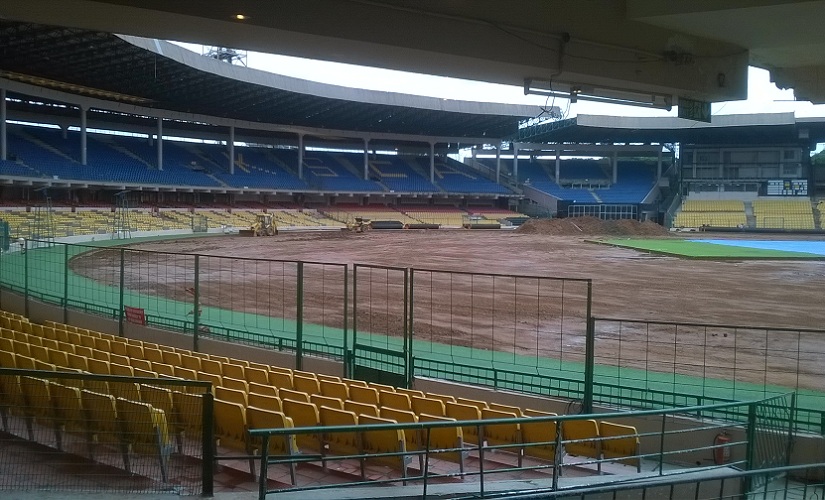)




)
)
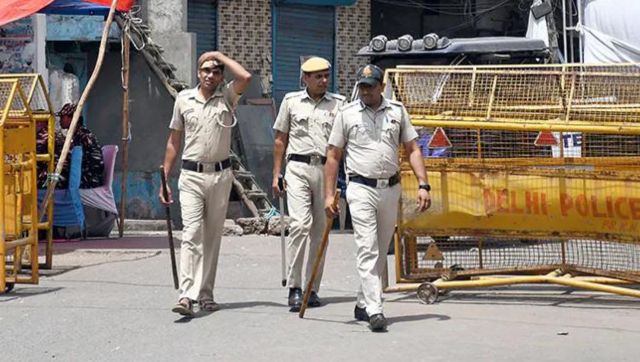)
)
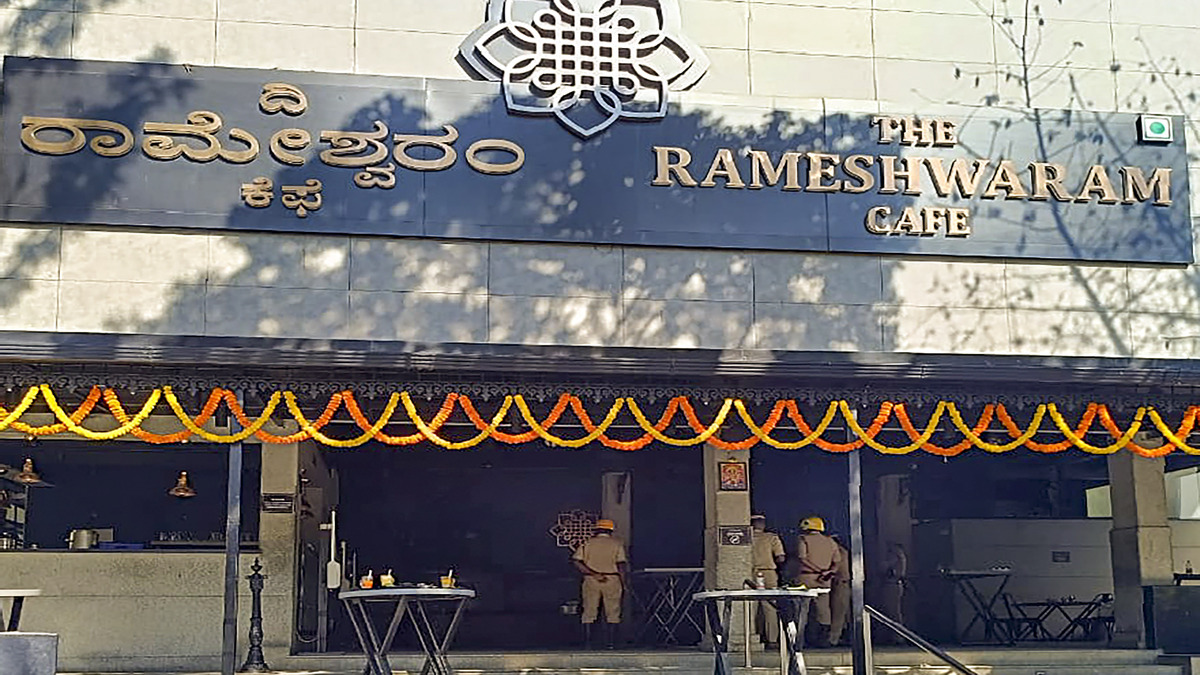)
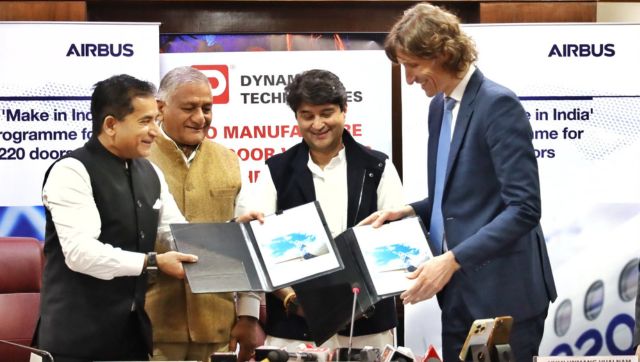)
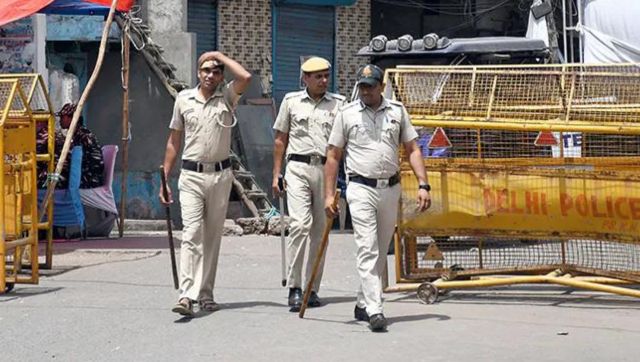)
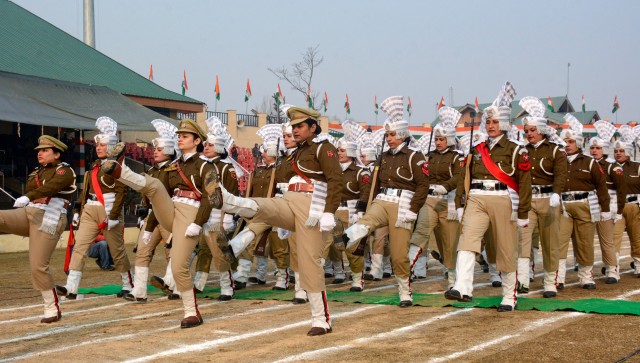)